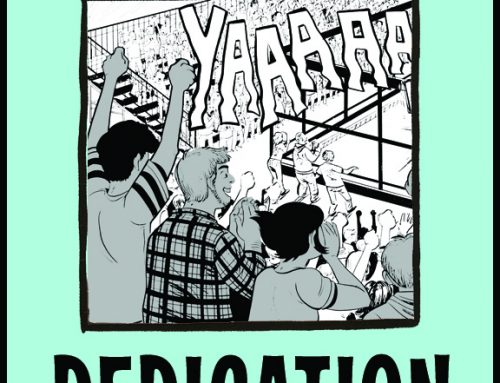test heading
(The premise of Box Brown’s Andre the Giant, from the flap. Nonfiction is pretty easy to grok, premise-wise.)
The premise and the plot of a book are two different things.
The premise is the concept of the book.
The plot, on the other hand, is what happens in the book — all the events that make up the story.
It’s pretty easy to get mixed up between what the premise of a book is and what the plot is — especially if you’re dealing with a book where the plot is very premise-driven — like a murder mystery with a twist ending where the twist is the point. Or a non-fiction book, where the premise and the plot can be the same thing — ‘Here’s what happened during WWI!’
But here’s a good thing to know: it’s good to have a premise for your book that is easy to explain — and one that doesn’t ruin the reading experience when you know it. (Exception here if you’re Stephen King; the premise of your books can then become, ‘the latest novel from Stephen King.’ But this is extremely difficult to pull off if you’re not Stephen King.)
Here’s why: people have to sell your book. Your publisher has to write copy about it that intrigues people enough to buy it; booksellers and librarians have to recommend it to their customers. “I can’t tell you anything about this book because it’d spoil the reading experience — but it’s awesome!’ is not the best selling line unless you 100% trust that person’s judgment.
To explain what the premise of a book is, it’s sometimes necessary to reveal key parts of the plot.
The premise of Scott McCloud’s The Sculptor is, ‘Main Character gets offered 200 days to live in return for magical sculpting powers — he takes the deal and then promptly falls in love.’ That’s about a third of this story — and do you know what? We told everyone that this is what happens in the book! Why?
You can’t keep everything about your book a secret! Because then no one will know enough about it to want to read it.





